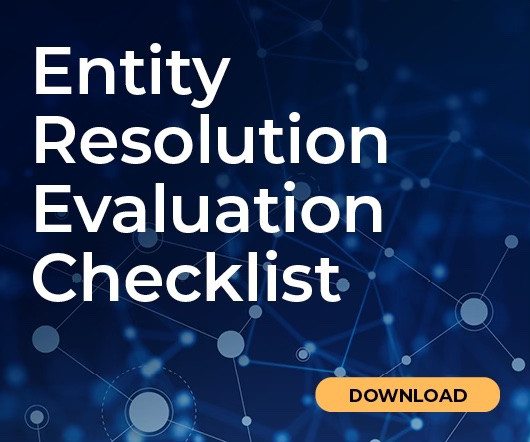Digital Marketing and Measurement Model
Occam's Razor
SEPTEMBER 15, 2011
There is one difference between winners and losers when it comes to web analytics. Winners, well before they think data or tool, have a well structured Digital Marketing & Measurement Model. Losers don't. This article guides you in understanding the value of the Digital Marketing & Measurement Model (notice the repeated emphasis on Marketing, not just Measurement), and how to create one for yourself.






































Let's personalize your content